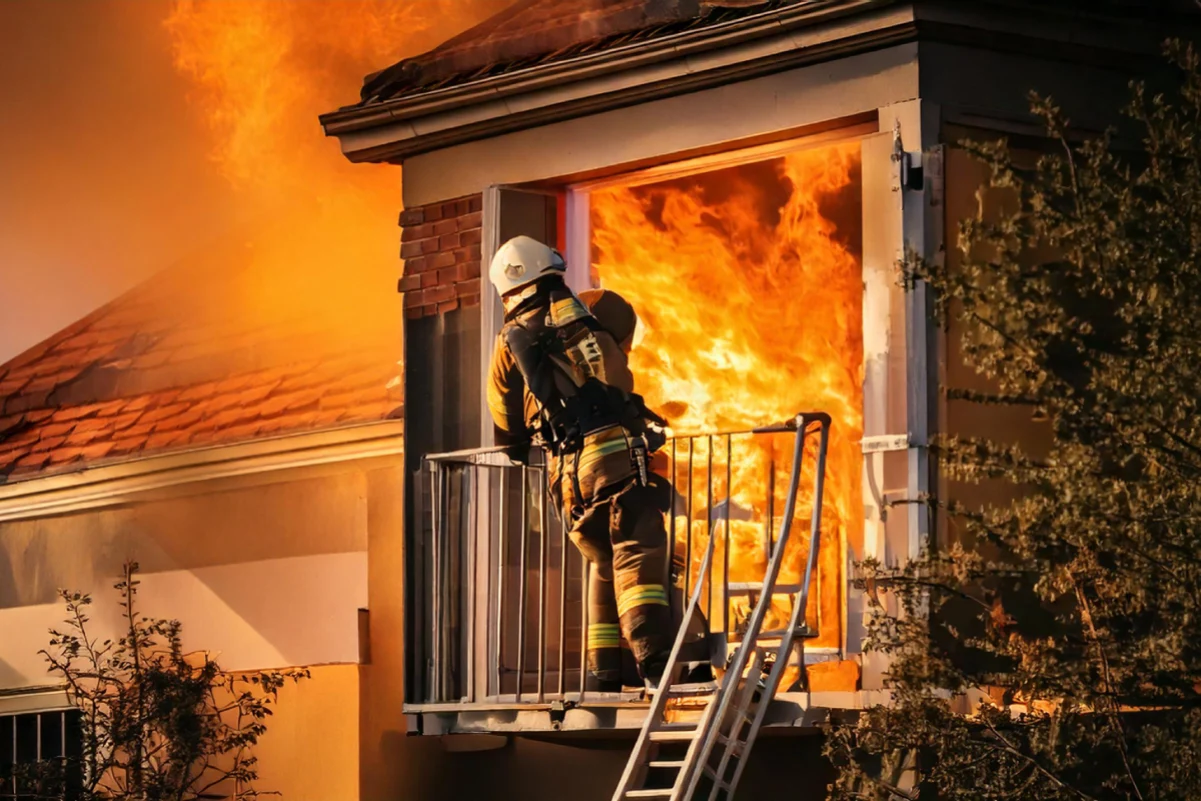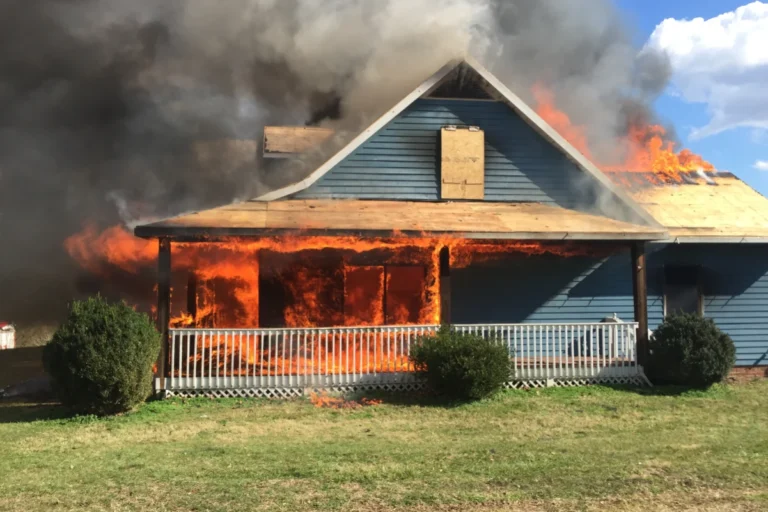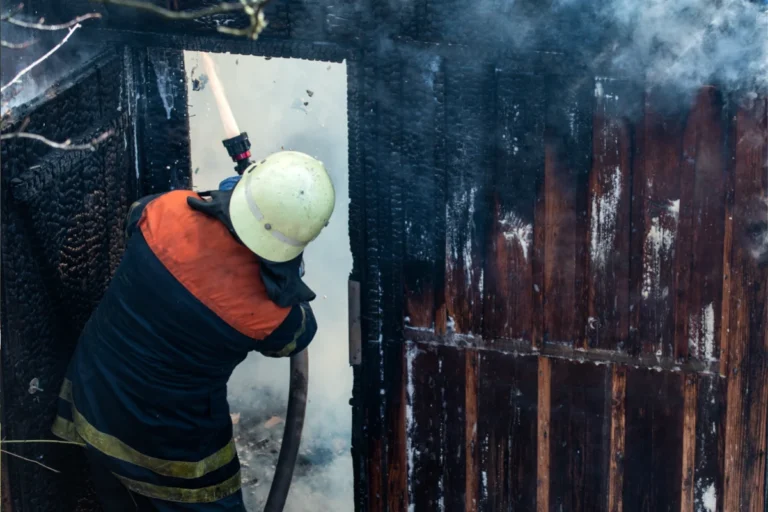Currently Empty: $0.00
Learning
Fire Damage Restoration: Essential Steps to Safely Restore Property and Prevent Future Damage
- November 10, 2023
- Com 0

Introduction: Fire damage restoration is one of the most complex and crucial tasks in the restoration industry. When a property is damaged by fire, it can suffer from structural issues, smoke damage, and hazardous soot deposits that may pose long-term risks. In this blog, we will discuss the essential steps involved in fire damage restoration and how restoration professionals can help their clients recover from these devastating situations.
Why Fire Damage Restoration is Vital
Fire not only destroys a building’s structure but also leaves behind lingering hazards, such as toxic smoke residue and hidden water damage from firefighting efforts. Property owners often find themselves overwhelmed by the extent of the damage and need professional help to restore their homes or businesses.


Step 1: Initial Assessment and Safety Considerations Before restoration begins, the property should be assessed for safety hazards. This includes checking for structural damage, electrical hazards, or compromised plumbing systems that could pose dangers during the restoration process. Only after confirming the building is safe should the restoration process begin.
Step 2: Smoke and Soot Removal One of the most challenging aspects of fire damage restoration is the removal of smoke and soot. These substances can permeate furniture, walls, and ventilation systems. Restoration professionals use specialized cleaning methods, including air scrubbing, chemical cleaners, and sealing techniques to remove smoke and soot from all affected surfaces.
Step 3: Water Damage Mitigation While firefighting efforts are crucial to saving lives, they also introduce water damage to the property. Water extraction, drying, and dehumidification processes must be done quickly to prevent further damage, such as mold growth or weakened structural integrity. This is a critical step to prevent additional losses.
Step 4: Structural Repairs and Reconstruction Once the smoke and water damage are addressed, structural repairs can begin. This involves fixing damaged walls, ceilings, floors, and roofs. Restoration professionals should be equipped to handle both cosmetic repairs and extensive reconstruction, ensuring the property is restored to its pre-fire condition.
Step 5: Final Inspection and Smoke Odor Removal A thorough final inspection should be performed to ensure that no areas have been overlooked. Smoke odors can linger in the home or building, even after visible damage is repaired. Using ozone generators or other specialized techniques can help neutralize smoke odors and leave the property smelling fresh.
Conclusion
Fire damage restoration is a multi-step process that requires expertise and attention to detail. Restoration professionals should have a clear plan for addressing both immediate safety concerns and long-term repairs. By following these essential steps, they can help their clients restore their properties to their original condition and give them peace of mind.
SEO Focus Keywords: fire damage restoration, fire damage repair services, smoke and soot removal, fire restoration tips, property fire repair
Tags:




